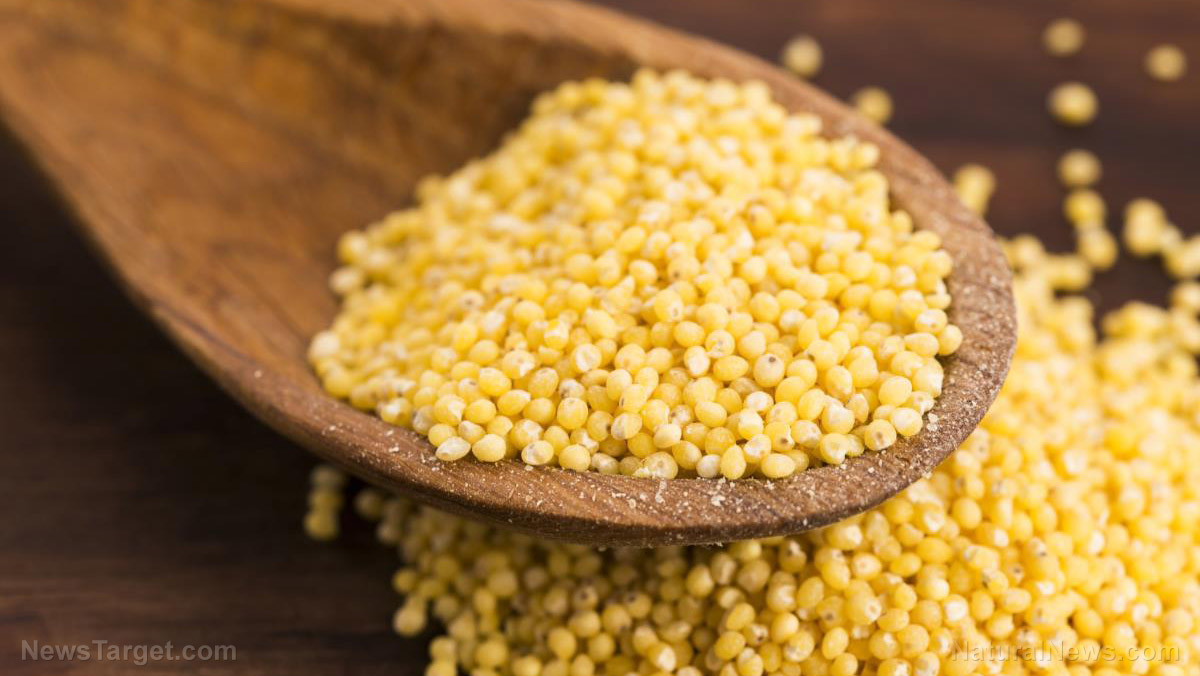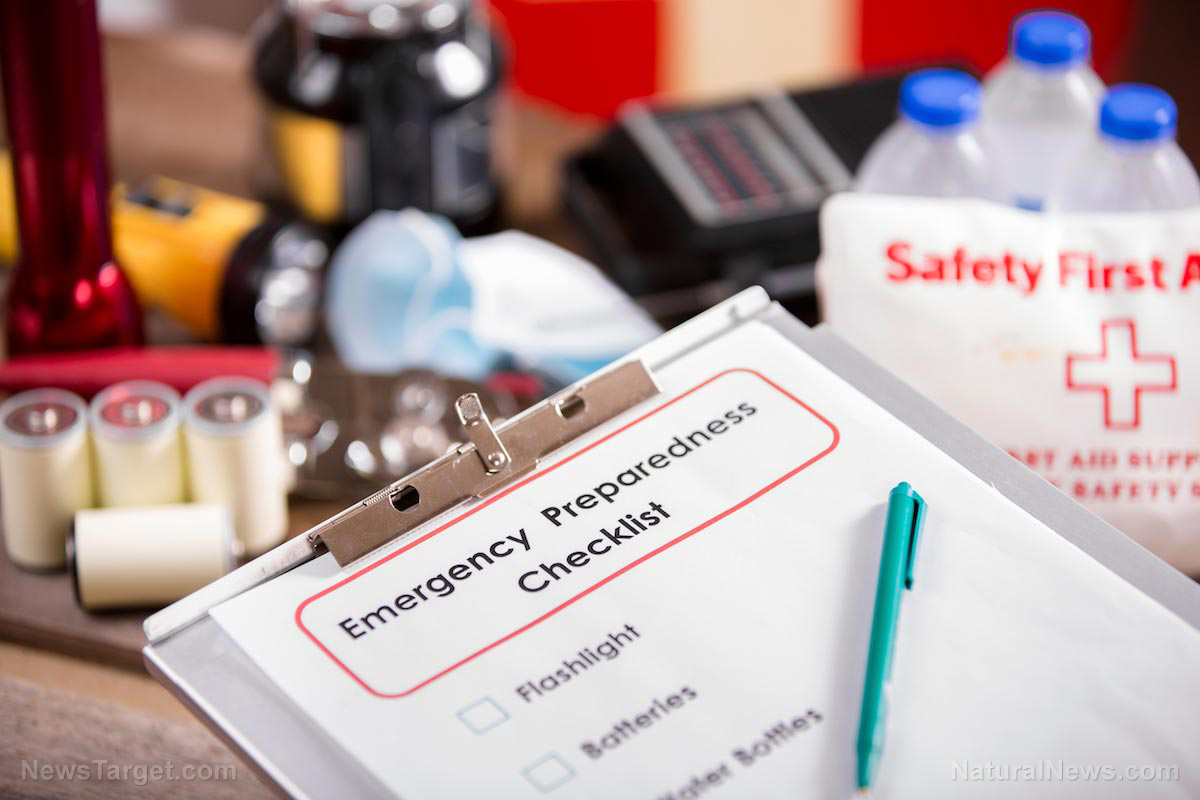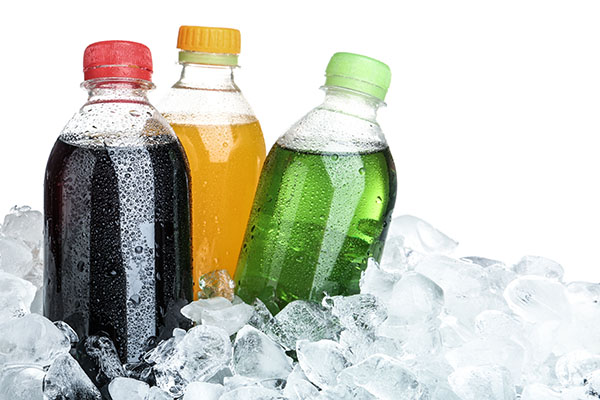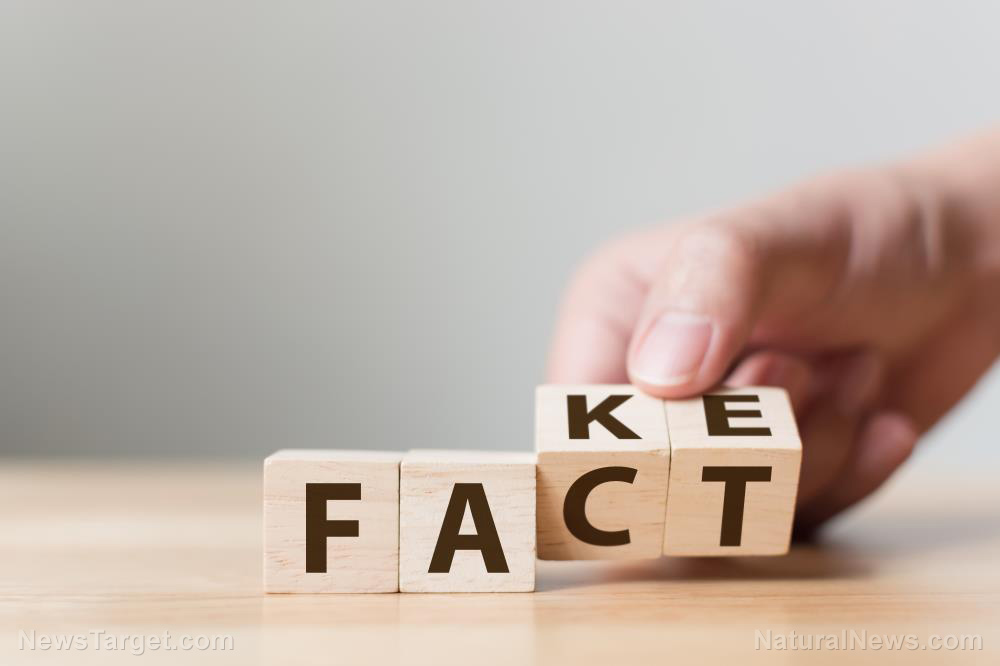Vacuum sealers: The budget-friendly secret to cutting grocery bills and prepping for emergencies
By zoeysky // 2025-04-24
Tweet
Share
Copy
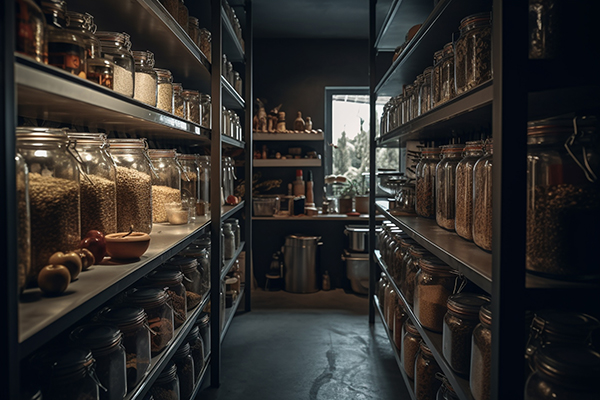
- A vacuum sealer is a budget-friendly, eco-conscious and crisis-ready tool. It's perfect for preserving groceries, cutting waste and staying prepared for emergencies.
- Vacuum sealing removes air, preventing spoilage and freezer burn. Bulk buying becomes practical with this in hand. Portion and seal meats, grains or produce to maximize savings.
- The average household wastes 30 percent of its food. Vacuum-sealing leftovers, overripe fruit or excess veggies converts them into usable ingredients later (like smoothie cubes or stew fixings).
- During power outages or disasters, vacuum-sealed dry goods in jars stay fresh for years without refrigeration. Sealed food takes up less room in pantries and freezers.
- Buy on sale food items in bulk, divide into portions and store. Batch-cook meals (soups, burritos) and vacuum-seal for quick reheating. Seasonal produce can be preserved for future use.
How a vacuum sealer works
A vacuum sealer removes air from packaging, creating an airtight seal. This process inhibits the growth of bacteria, mold and oxygen-driven decay, the primary causes of food spoilage. Unlike regular storage methods that trap airflow, vacuum sealing effectively preserves freshness, flavor and texture. The device is compact and versatile, making it suitable for everything from storing fresh herbs and meat to protecting dry goods like rice and spices. Many models now include attachments to seal quart and pint jars, making pantry organization straightforward. Buying a vacuum sealer means investing money upfront. If you're still on the fence about buying one, here are some benefits that can help change your mind:Extended shelf life, extended savings
Vacuum-sealed foods retain freshness up to five times longer than non-sealed items. Fresh produce like berries can stay crisp for weeks, whereas meats and cheese won’t spoil in days. Reducing trips to the grocery store can help you save both time and money. Buying in bulk can also help prevent impulse spending and ensure that you always have pantry staples on hand.Bulk-buying made risk-free
Buying in bulk is cheaper, but it is often daunting due to shelf-life concerns. A vacuum sealer mitigates this. For example, you can divide a family-sized pack of ground beef into portions. When vacuum-sealed and frozen, ground beef will stay fresh for up to three months instead of only two weeks. This strategy cuts costs by 20 to 40 percent on proteins and grains while avoiding waste.Freeze burn defense for top-quality food
Freezer burn, a common cause of uneaten leftovers, can derail your meal plans. Vacuum sealing eliminates oxygen, preventing the discoloration and texture changes that occur in frozen food. Foods like bread, soups and even vegetables stay intact when vacuum sealed.Less waste, more value
The average household discards 30 percent of its food yearly. Vacuum sealing leftovers, overripe fruit or excess produce converts potential waste into resources. Overripe bananas can become smoothie cubes and unused vegetables can be used for future stews, with all leftovers stored without taking up fridge space. (Related: How to avoid wasting food: Smart storage, planning and preservation tips.)Space efficiency
Compressed, airtight packages take up less room, freeing pantry and freezer space. When vacuum-sealed in a jar, a five-pound bag of flour can be stored with other grains.Beyond everyday savings: emergency preparedness
In disaster scenarios like power outages, natural disasters or supply-chain disruptions, vacuum sealers can become survival tools. Emergency foods like dried beans, lentils and whole grains, when stored in airtight jars, remain uncontaminated and nutrient-rich for years. Even if your freezer fails, sealed jars of rice in a cool, dark place won’t. Additionally, vacuum-sealed foods reduce reliance on electric appliances, making them ideal for off-grid sustainability. Here are more tips to make the most of your vacuum sealer:Leverage sales and coupons smartly
Plan grocery runs around sales cycles. When chicken goes on clearance, buy enough to vacuum-seal in portions, ready for future meals. Pair purchases with coupons for non-perishables. For example, the extra $15 you spend on bulk beans with a 10 percent coupon offsets fast food costs over months.Build a stockpile with structure
Organize buys by food groups, like dairy, fruits, grains, proteins and vegetables, to ensure balanced nutrition. List templates grouping these food categories can streamline shopping and prevent overbuying. Follow the perimeter (fresh produce, meats) first, then go to your targeted aisles. Buy what’s on your list and avoid non-essential items like candy, unless it’s a strategic bulk deal.Preserve seasonal surpluses
Summer’s cheap tomatoes or autumn’s pumpkins can be frozen, canned or turned into pre-quilted sauces. Use vacuum-sealed bags for vegetables before freezing to retain crispness. Even "ugly" fruits like bruised apples or over-ripe berries can be frozen and turned into desserts or smoothies.Prep meals ahead
Batch-cook soups, stews or roasted veggies, then seal portions. These can become quick dinners and save you from costly takeout. If you want easy grab-and-go snacks, portion breakfast burritos or whole-grain muffins.Smart storage means long-term savings
Sealed bulk items can be stored in airtight containers like food-grade buckets layered with oxygen absorbers for lengthy use. You can keep decades-old hard candies in sealed mason jars. Rotate stock by labeling containers with dates and using the oldest sealed items first. If you're new to vacuum sealing food, take things slow. First, invest in extra rolls. Only get jar attachments later as needed. Educate yourself and watch online video tutorials to master sealing liquids like broth or sauces without splatter. Pair vacuum sealing with Mylar bags for long-term storage. For emergency supplies, layer sealed food in Mylar bags with oxygen absorbers for ultra-long shelf life. A vacuum sealer is more than just an appliance because it’s a lifeline for budgets and emergencies. By preserving freshness, enabling bulk savings and providing peace of mind in tough times, it promises a healthier pantry, fewer trips to the store and a fiscally responsible approach to feeding a household. Whether surviving a holiday mishap or a global disruption, the vacuum sealer proves that mindful preparation never goes out of style. Check out NaturalNewsTips.com for more advice on how to start prepping even while on a budget. You can also check out Health Ranger Store and Brighteon Store for more clean food supplies for your prepping stockpile. Watch this clip about Organic Red and Yellow Miso Soup, two nutrient-packed superfoods that you should have in your stockpile. This video is from the Health Ranger Store channel on Brighteon.com.More related stories:
Building a prepper food stockpile on a budget: A practical guide for every household. Garden fresh: Low-effort planting and chemical-free pest control. Gardening tips: 15 Simple tricks to double your garden’s yield this season. The art of minimalist prepping: Essential strategies for a simpler emergency plan. Sources include: ApartmentPrepper.com Healthline.com FoodBank.org.au Brighteon.comTweet
Share
Copy
Tagged Under:
preparedness Food storage prepping food supply survival SHTF prepper homesteading emergency food off grid survival gear gear Survival Tips how-to prepping tips vacuum sealer budget prepping grocery tips
You Might Also Like
Millet: The ancient superfood making a modern comeback
By Laura Harris // Share
Preparing for the unexpected: Tips for building an apartment emergency kit
By Zoey Sky // Share
Study: Daily soda habit linked to 5x higher risk of ORAL CANCER in women
By Ava Grace // Share
Recent News
Trump warns Zelensky: Accept peace or risk losing Ukraine
By isabelle // Share
Trump administration imposes new port fees on Chinese-built ships
By lauraharris // Share
